The crew of an Airbus A350 coming in to land in Germany had an incident where they descended below 800 feet, a long way from the runway.
This is an incident that took place on the 1st of January 2020. It involved Thai Airways flight TG-926, a service that the airline runs three times per week. The flight departs just after midday from Phuket International Airport (VTSP) in Thailand. Its destination is Frankfurt Airport, (EDDF) in Germany.
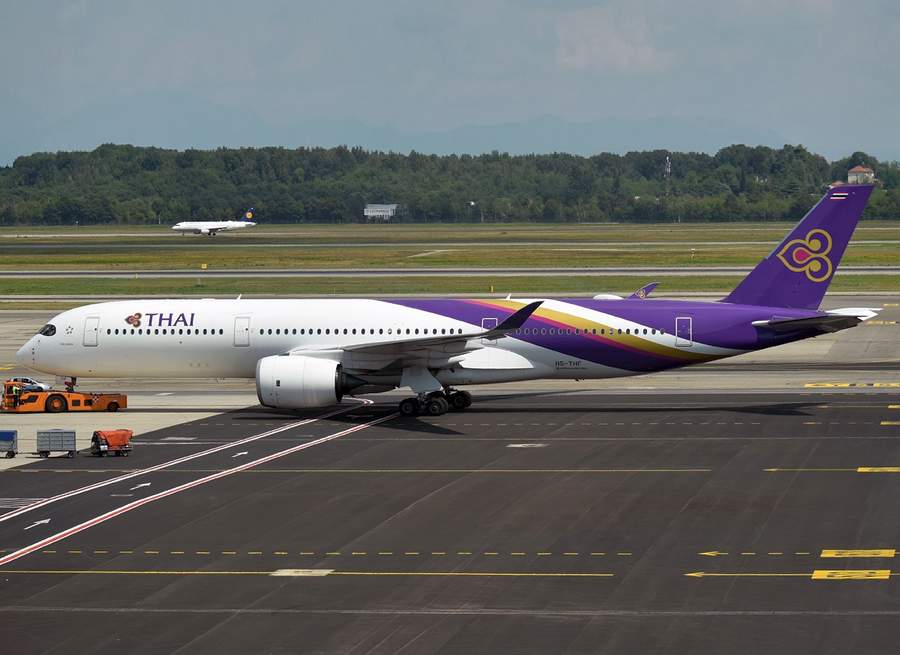
In total, the Airbus A350 had 4 pilots, 14 cabin crew, and 306 passengers during the incident flight. The Thai A350 crew had an uneventful departure and climb to cruise altitude. But about four hours before the flight’s arrival over Frankfurt, the flight crew indicated that they had an issue. A passenger was ill, and they requested that an ambulance be present at their gate on arrival.
Unusual Factors
This event would become a factor in a couple of ways in this incident, as the A350 crew got closer to Frankfurt. Initially, the crew was keeping their distance behind another aircraft during the approach for runway 07R. However, the controller then asked the crew to confirm that they had an issue with a passenger.
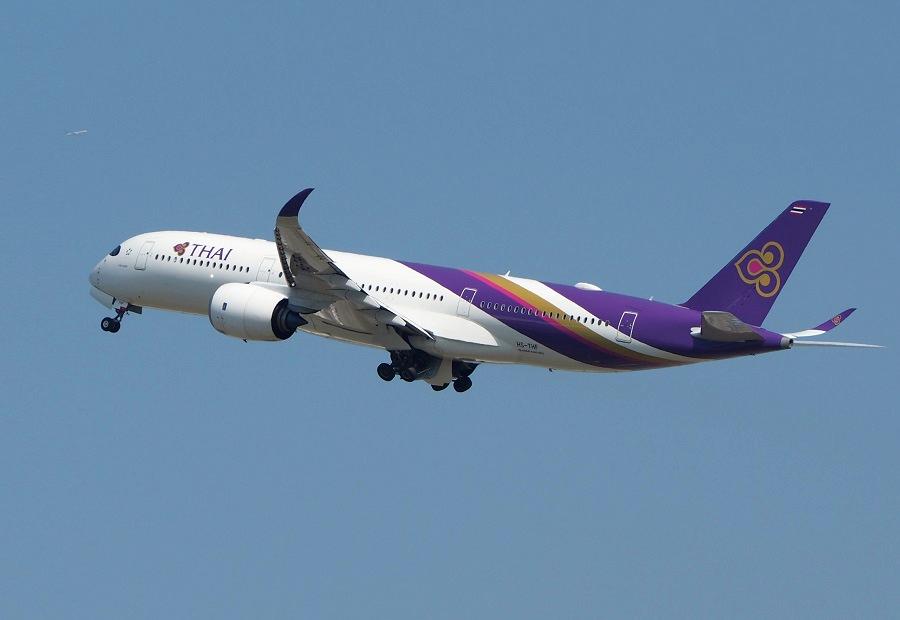
The flight crew confirmed this information. Afterward, the controller gave them a much shorter approach, prioritizing them over the aircraft ahead. This meant that the A350 crew in this incident had to descend a lot faster. Another controller then instructed them to maintain a speed of 170 KIAS or faster. The crew would need to intercept the glideslope from above.
The investigation into the incident indicated that the crew did not conduct an approach briefing. This was likely because of the distraction of discussing the ill passenger. The discussion with ATC took some time, with the flight crew appearing to struggle with a conversation that was outside the typical aviation phraseology.
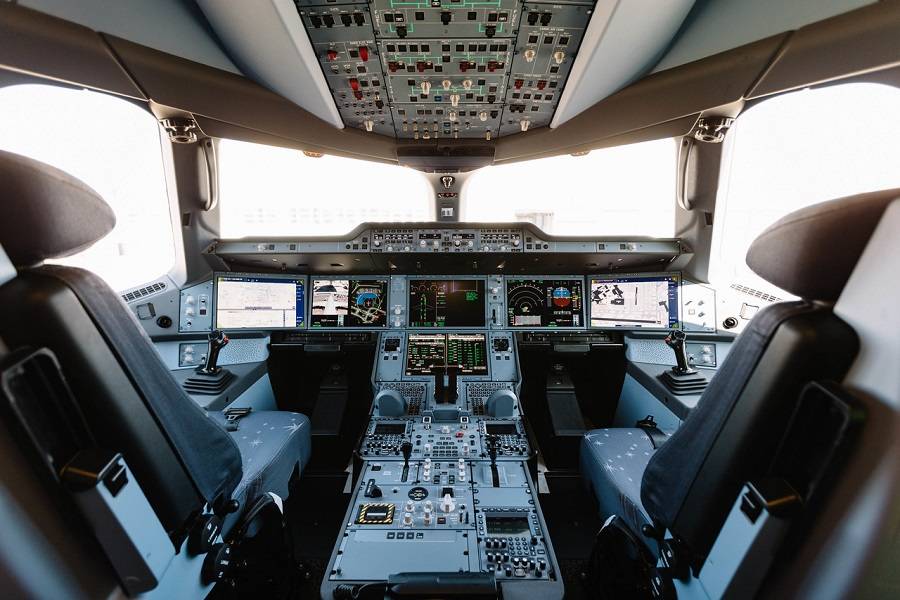
Investigators also believe that the flight crew of the A350 in the incident did not reprogram their MCDU (Multipurpose Control and Display Unit) correctly for the shortened approach. The crew knew that they were high, and used their spoilers, landing gear, and flaps to control their rate of descent. Their initial rate of descent was around 2000 feet per minute.
The Incident A350 Gets Too Low
At the “two thousand five hundred” callout, the crew disconnected the autopilot. But they continued their fast descent, prompting two “sink rate” callouts. At the “one thousand” callout, the ground proximity warning system (GPWS) sounded “Glideslope”. 7 miles from the runway, the aircraft was at 800 feet above the ground.
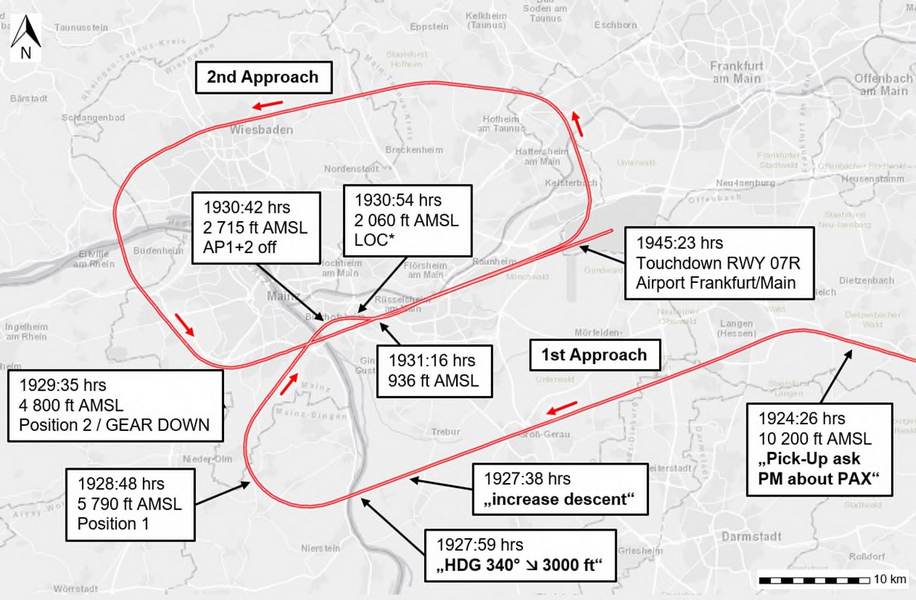
The pilot flying (the first officer in this incident) called a go-around, while the captain of the A350 informed Frankfurt tower. Before the aircraft began to climb again, its lowest altitude was 668 feet AGL, at just under 6.5 nautical miles from the threshold of runway 07R. The crew made an uneventful landing the second time around.
Germany’s BFW released its report on this A350 incident on the 10th of August. Among its findings, it indicated that the stress levels of the crew increased significantly, once they got the new approach. Beyond the missing approach briefing, the pilot monitoring missed several indicators that made this approach unstabilized.
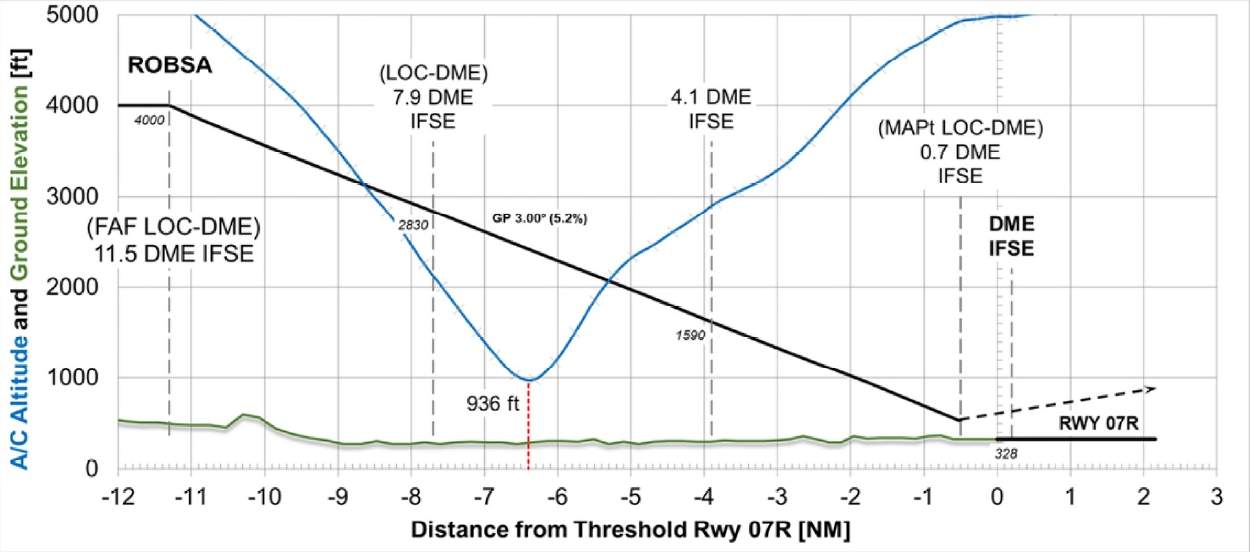
The report also identified communications and cooperation deficiencies within the flight crew. Also, there were two other first officers in the cockpit, who did not make any comments. Finally, investigators note that there were errors in the use of the flight management system and the auto flight system.



